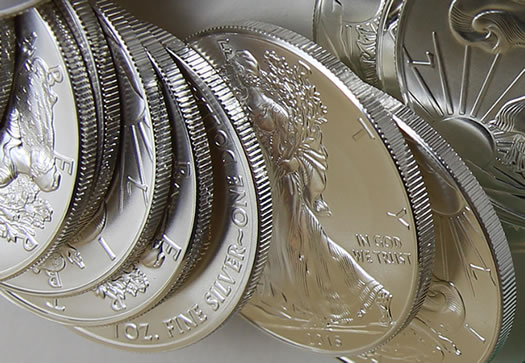Currency Futures
Stock and Index Futures Vs Currency Futures in India
Stock and Index Futures Vs Currency Futures in India
Currency future is the most recent financial product in India that has generated huge interest among equity traders and other investors in stock markets. NSE (National Stock Exchange of India), the most favorite stock exchange of India, is the first recognized exchange in India that has already launched currency futures trading from 29 August 2008. In just three weeks of its commencement, the exchange has clocked reasonably good turnover and open interest build up in the currency future contracts.
Lots of investors and traders in stocks and index (Sensex, NIFTY, Junior NIFTY etc) future are enthusiastic about trading in currency futures in India. Currency future trading very much resembles to stock future or index futures trading. Carry on reading further to get an idea about the comparison between currency future and NIFTY future (most actively traded security in India).
Currency Future Vs NIFTY Future
| Parameter | Currency Future | NIFTY Future |
| Symbol | USDINR
Example – USDINR250908 |
NIFTY
Example – FUTIDXNIFTY25SEP2008 |
| Underlying Asset | Exchange rate for USD in terms of INR | S&P CNX NIFTY |
| Unit of trading or Lot Size | 1000 USD
(Approximately Rs.45,000) |
50 units
(Approximately Rs.2,00,000) |
| Tick Size or Price Steps | 0.25 paisa or Rs. 0.0025;
(4 ticks = 1 paisa) |
5 paisa or Rs. 0.05 |
| Trading Hours or Exchange Timing | 9.00 am to 5.00 pm | 9.55 am to 3.30 pm |
| Contract Trading Cycle or Contract Maurity/Expiry | 12 months
At any time there are twelve monthly contracts available for trading |
3 months
At any time there are three monthly contracts available for trading – near month, mid month and far month |
| Daily MTM settlement | On T+1 basis as per DSP (Daily Settlement Price) | On T+1 basis as per DSP (Daily Settlement Price) |
| DSP (Daily Settlement price) | Last half an hour’s weighted average price | Last half an hour’s weighted average price |
| Margins | Margins will be equal to initial margin + extreme loss margin + SPAN margin.
Approximately = Rs.2,500 |
Margins will be equal to initial margin + extreme loss margin + SPAN margin.
Approximately = Rs.30,000 |
| Last Trading Day of the Contracts | 2 business days before the last business day of contract month
Note: Trading stops at 12.00 noon on the last trading day |
Last Thursday of the month (if it is a holiday, then it expires on the previous day)
Note: Trading stops at 3.30 pm on the last trading day |
| Final Settlement Day | Last business day of the expiry month (T +2 days); T is the expiration day or last trading day | T +1 days; T is the expiration day or last trading day |
| Final Settlement Mode | Cash settlement in INR as per RBI reference rate on the last trading day
NOTE: RBI declares its reference rate at 12.00 noon and that is why the trading stops at 12.00 noon on the last trading day |
Cash settlement as per the closing price of the contract on the expiry day; Closing price is the weighted average price of last half an hour’s trades |
| Quantity Freeze
NOTE: Quantity freeze is only for preventing inadvertent errors in the order entry |
10,000 | 15,000 |
| Price Bands
NOTE: Price band is only for preventing inadvertent errors in the order entry |
+/- 3% of the base price for contracts up to 6 months tenure and +/- 5% for contracts with tenure greater than 6 months | +/- 10% |
| Position Limits | Client: 6% of total open interest or $5 million, whichever is higher
Trading member: 15% of total open interest or $25 million, whichever is higher Bank: 15% of total open interest or $100 million, whichever is higher |
Gross open position limits for client across all contracts shall not exceed
1% of free float market capitalization OR 5% of open interest in all the derivative contracts in the same underlying Whichever is higher |










